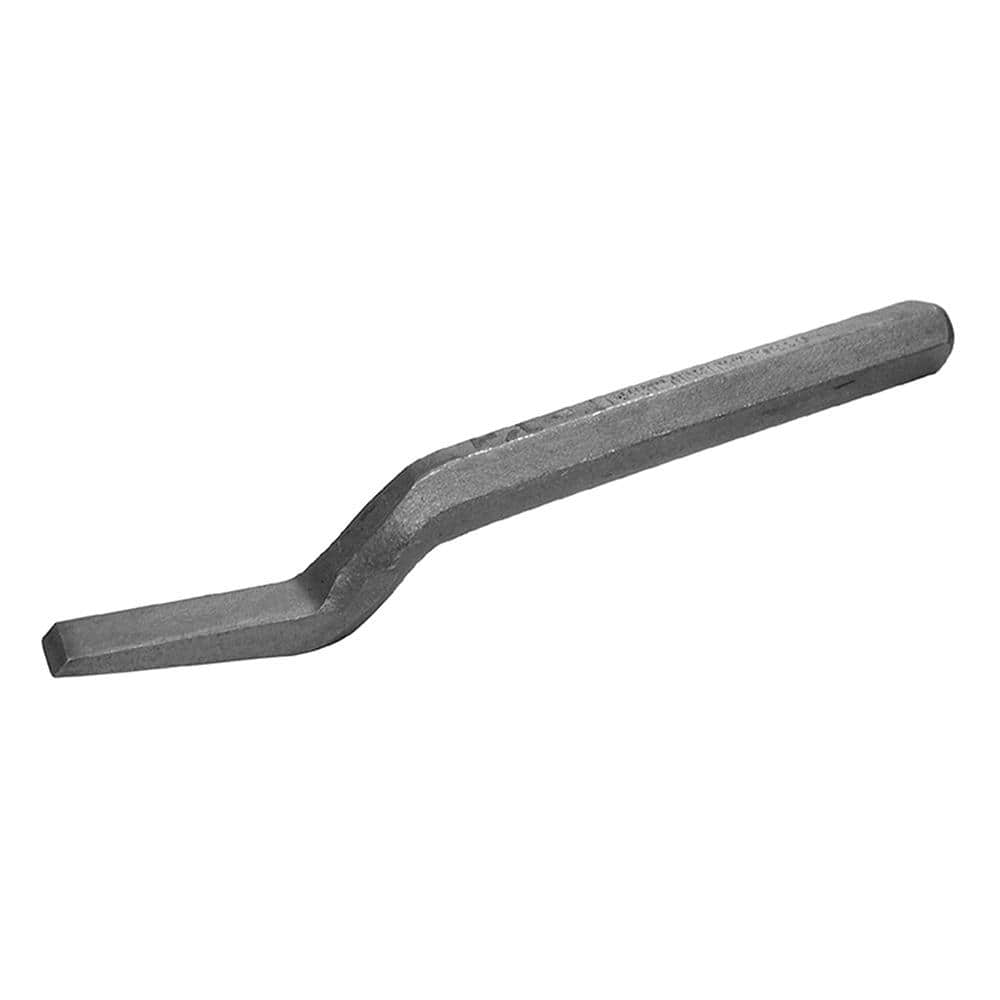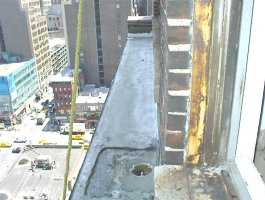TheOverThinker
Member
How, and who, can still repair old oakum joints that are inverted.
Situation is a 4" CI waste stack comes down from the roof above the top floor toilet in an condo.
Just above the toilet, it branches downward for the tub.
The walls and everything are all finished. mostly with tile. The three story building was built in the 1940's and moved in 1966 to the present location.
A toilet wall wall got opened up a little for another reason.
The issue is that water from rain or fog apparently comes down the stack, and hits this joint, creating a persistent rusty spot:

Can the old oakum/lead be applied to inverted joints?
Is there another way to repack that joint?
The other cast iron appears to be in good condition. The little section pictured is only 4" long, and is galvanized, the rest is cast iron.
How would you approach that repair?
Situation is a 4" CI waste stack comes down from the roof above the top floor toilet in an condo.
Just above the toilet, it branches downward for the tub.
The walls and everything are all finished. mostly with tile. The three story building was built in the 1940's and moved in 1966 to the present location.
A toilet wall wall got opened up a little for another reason.
The issue is that water from rain or fog apparently comes down the stack, and hits this joint, creating a persistent rusty spot:
Can the old oakum/lead be applied to inverted joints?
Is there another way to repack that joint?
The other cast iron appears to be in good condition. The little section pictured is only 4" long, and is galvanized, the rest is cast iron.
How would you approach that repair?



